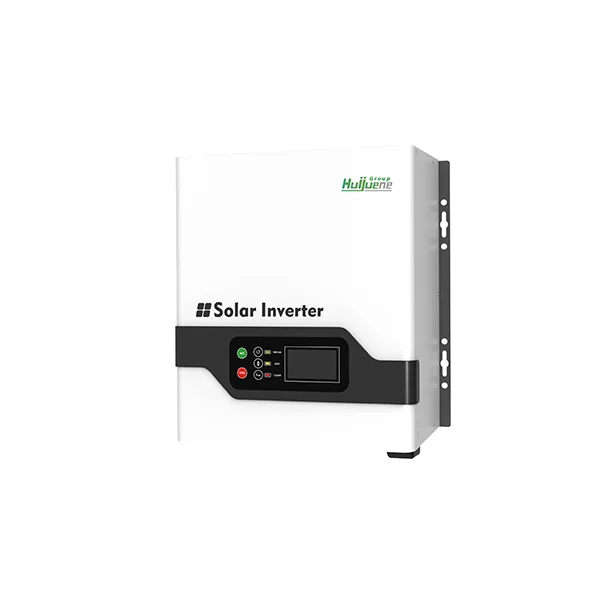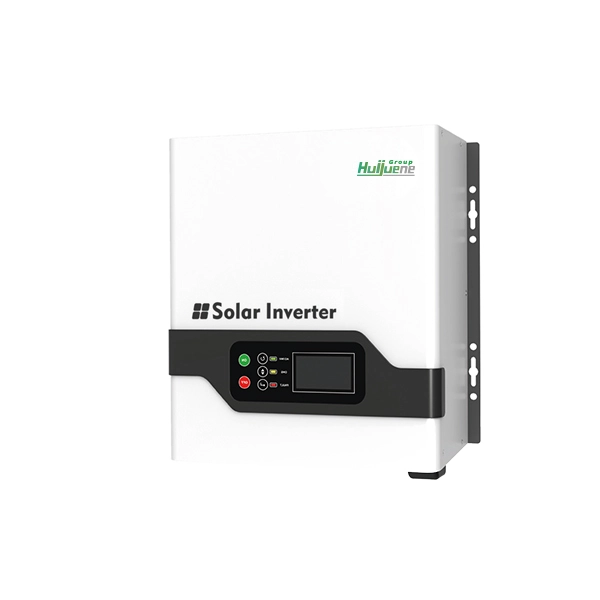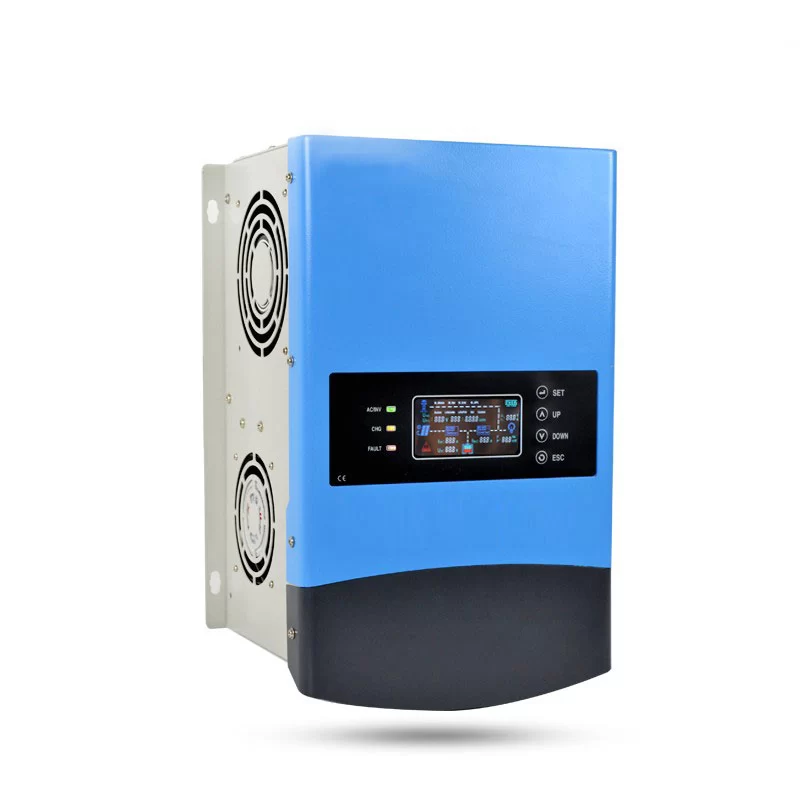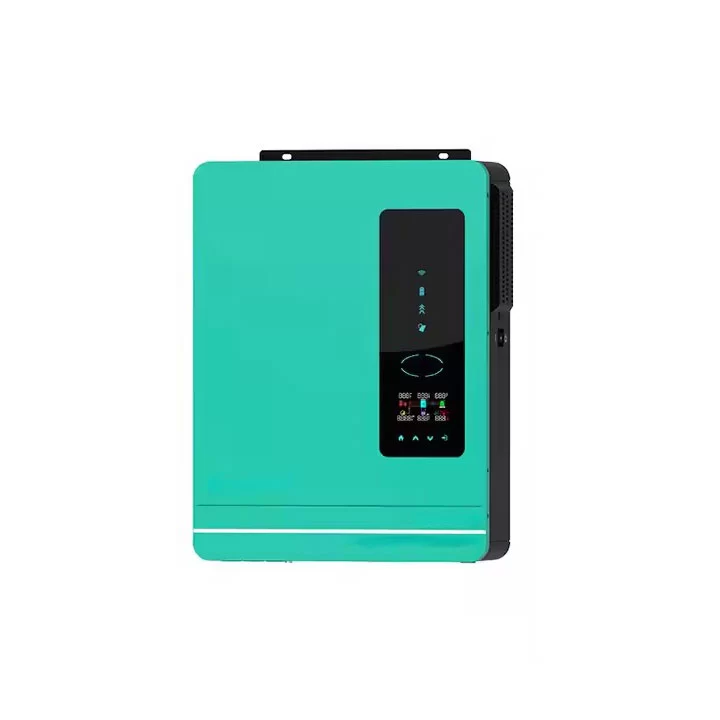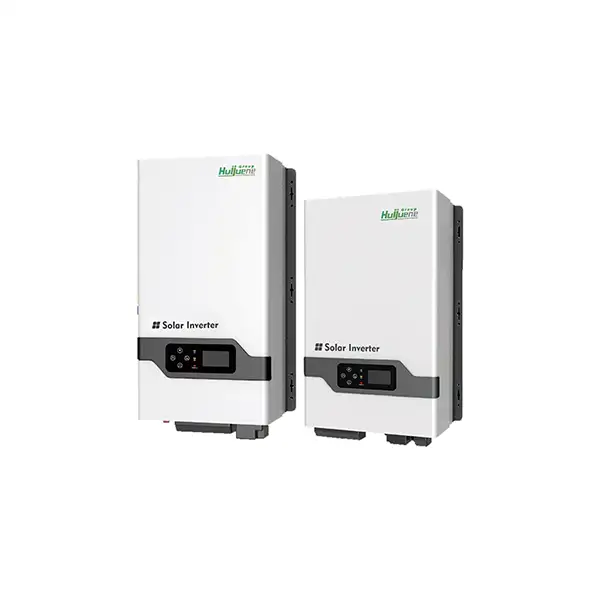Get A Quote Now!
What Are the Top Pure Sine Wave Inverters?
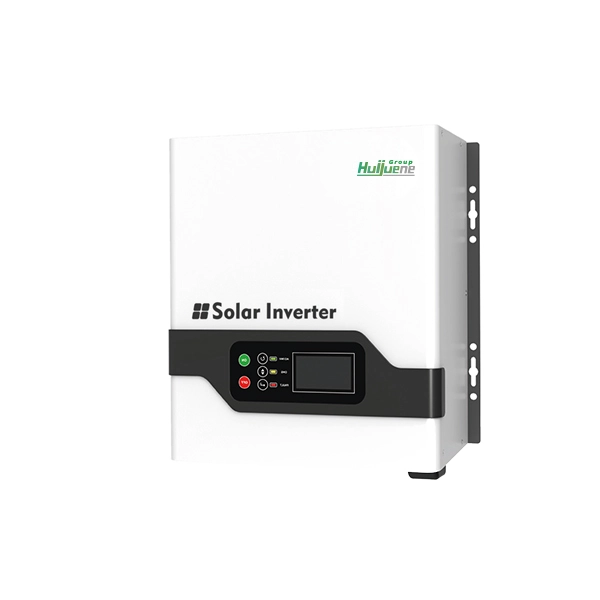
When it comes to powering sensitive electronics, pure sine wave inverters are a game-changer. But what makes an inverter “the best”? Whether you’re setting up a portable energy storage system for your RV, off-grid cabin, or emergency backup, selecting the right inverter ensures stable, reliable electricity without damaging your devices.
What Are Pure Sine Wave Inverters?
A pure sine wave inverter converts DC power from batteries or solar panels to clean AC power, very closely approximating the smooth waveform of utility power. This is necessary for electronics like laptops, medical equipment, and audio equipment that can malfunction or overheat when run with modified sine wave power.
Advantages of Pure Sine Wave Inverters:
- Produces stable, clean AC power
- Safe for sensitive electronics
- Reduces heat and electrical noise
- Suitable for renewable energy installations and portable energy storage systems
Key Features to Look Out For
While selecting the best pure sine wave inverters, look out for:
1.Continuous vs. Peak Power Ratings – Continuous power denotes what the inverter can sustain, while peak ratings provide surge capacity temporarily.
2.Efficiency –Less battery drain and heat with higher efficiency. ≥90% efficiency is desired.
3.Safety Protections –Overload, overvoltage, short-circuit, and thermal protections are a must.
4.Portability–Lightweight, compact models integrate easily with portable energy storage systems.
5.Connectivity –Some inverters offer remote monitoring and Bluetooth apps for easier control.
Comparison Table of Popular Inverters
Brand & Model | Continuous Power | Peak Power | Best Use Case | Price Range |
AIMS 2000W | 2000W | 4000W | RV, off-grid home | $450–$500 |
Renogy 2000W | 2000W | 4000W | Solar container system in 2025 | $500–$550 |
Victron Phoenix 1200W | 1200W | 2400W | Sensitive electronics | $600–$650 |
Goal Zero Yeti 1500X | 1500W | 3000W | Portable energy storage system | $2000–$2200 |
How Do You Choose the Right Inverter?
A common question is: “Do I really need to use a pure sine wave inverter for my system?” The answer is in what you’ll be powering. If your load is microwaves, laptops, medical equipment, or high-quality audio, pure sine wave inverters are highly recommended. For a simple resistive load such as lights or heaters, a modified sine wave inverter may be acceptable—but you sacrifice compatibility with sensitive electronics.
Another question people often ask is: “How much continuous power do I need?” Start by listing all the equipment you’re trying to power and adding up their running watts. Add 20–30% for surge allowance and safety factor. This ensures your portable energy storage system is not overloaded under peak demand.
Industry Trends and Case Studies
Pure sine wave inverter demand is increasing alongside portable and modular energy solutions. For instance:
- In California, first responders use Victron Phoenix inverters integrated into mobile solar container systemsto provide clean, stable power for wildfire relief (source).
- In Germany, Renogy inverters power off-grid construction and temporary housing units with electricity, demonstrating flexibility in both urban and rural areas (source).
Inverter integration into portable energy storage systems is becoming the standard for disaster preparedness, mobile workstations, and remote off-grid homes, according to industry professionals.
Frequently Asked Questions Regarding Pure Sine Wave Inverters
Q: Is it possible to connect a pure sine wave inverter to a generator?
A: Yes, but ensure that the inverter accepts generator input. Some inverters require stable voltage and frequency input for optimal performance.
Q: What is an inverter’s lifespan?
A: Good quality pure sine wave inverters can last 10–15 years with proper ventilation and maintenance. Heat dissipation and load management are the deciding factors.
Q: Are higher-wattage inverters preferable?
A: Not necessarily. Oversizing will lead to inefficiency, and undersizing will result in overload. Size the inverter to your average continuous load and surge needs.
Enhancing Your Portable Energy Storage System
Pairing a portable energy storage system with a pure sine wave inverter allows you to safely power a range of devices, including camping and job sites to emergencies. Modern systems often come with battery management, solar input, and remote monitoring—features that maximize efficiency and ease of use.
Other customers ask: “Can I expand my storage system at some point in the future?” Most modern inverters and storage products offer modular expansion functionality, which means that you can add additional battery packs or solar panels without needing to replace the inverter. This makes pure sine wave solutions a long-term investment in clean, reliable power.
Would adding a high-efficiency pure sine wave inverter to your off-grid or portable system reduce device failure and enhance energy reliability? For the majority of sensitive installations, the answer is a definite yes.

